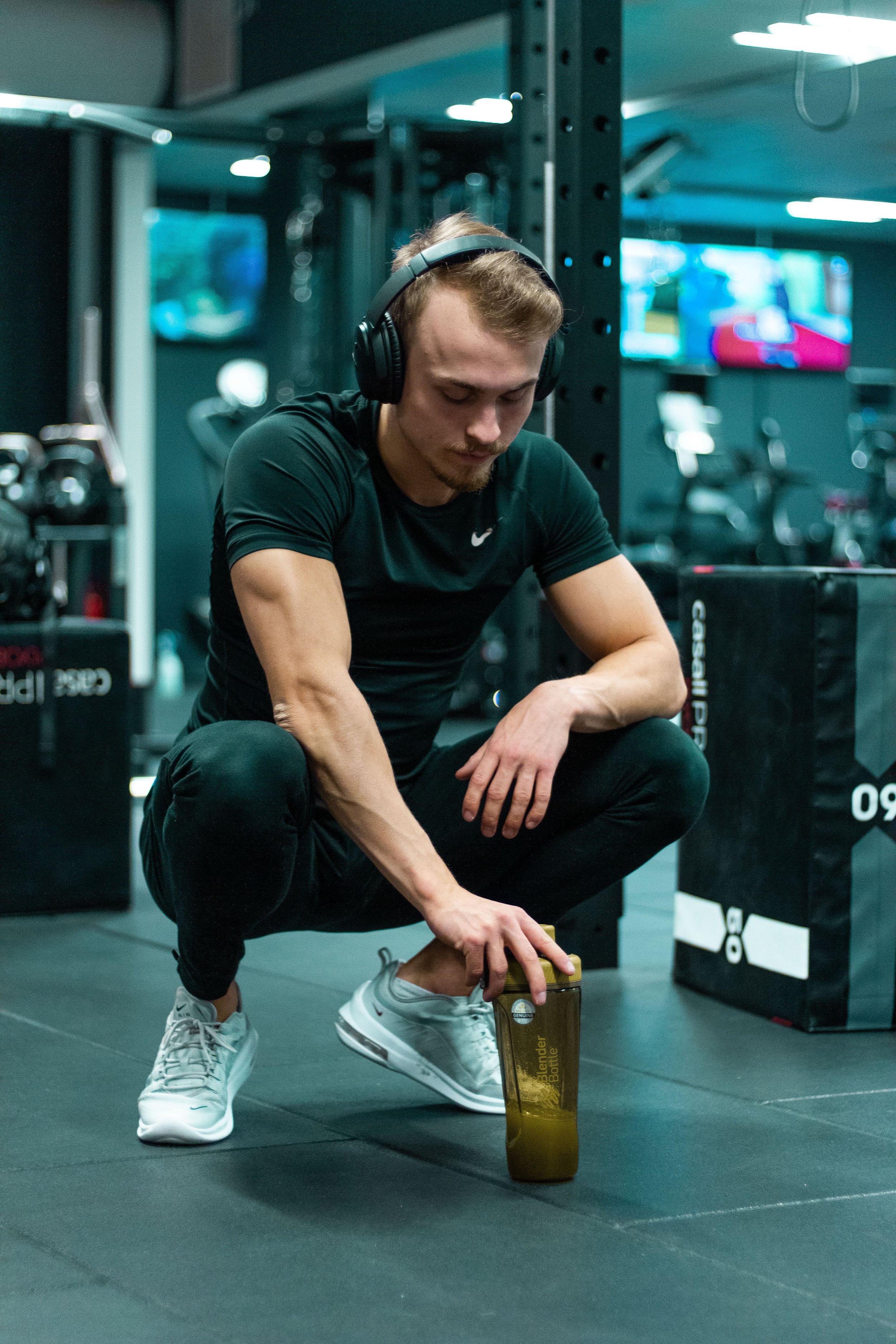What is visualisation in sport?
Visualisation has been used by top athletes for decades to perform at their best.
It’s good enough to be their winning strategy - now it’s time to make it yours.
Visualisation in sport, often referred to as mental rehearsal or imagery, is a powerful technique utilised by elite athletes to enhance their training, focus and overall performance. This mental rehearsal is a multi-sensory experience that engages many of an individual's senses.
At its core, visualisation in sport involves the conscious creation and recreation of a vivid mental image or intention of a specific athletic process. This process can be practised at any time, anywhere, making it a versatile tool for athletes aiming to fine-tune their mental skills alongside their physical training routines.
Athletes go very specific on their imagery to work on a specific piece of their performance as well as zooming out to embrace a holistic view and paint a comprehensive mental picture of their whole performance. They employ visualisation to heighten their mental awareness, boost confidence, develop better instincts and, ultimately, level-up performance.
Athletes who use mental rehearsal.
The stories of elite athletes incorporating visualisation into their training and competition are wide ranging. Canadian bobsledder Lyndon Rush cited the technique for helping him maintain focus throughout the difficult four years of training for the 2014 Winter Olympics. Rush revealed how he visualised the bobsled track during everyday activities like showering or brushing his teeth. Just like physical practice, consistency builds strong neural pathways leading to better results.
Have you seen the film Cool Runnings? The team leader, Derice, would sit in his hotel room visualising each corner and how he would tackle them. Similarly, the infamous scene where all four team members sit in their hotel bathtub mentally rehearsing each corner of the track is a form of visualisation practice.
American freestyle skier Emily Cook, a three-time Olympian, provided insights into her specific imagery scripts and mental rehearsal involving all the senses. Cook described recording herself, detailing the sensations and experiences step by step, from standing on the top of the hill to executing a perfect jump. This level of detail and sensory engagement is a testament to the thoroughness of mental imagery among elite athletes.
The most decorated Olympian of all time, Michael Phelps, relied heavily on visualisation throughout his career. Coached by Bob Bowman since his teenage years, Phelps described the practice as watching a ‘mental videotape’ of his races daily. This consistent mental rehearsal contributed to the development of heightened instincts, improving Phelps’ performance.
Cognitive, behavioural, and emotional Impact.
Research spanning decades has consistently demonstrated the positive impact of visualisation on sports performance. Athletes who engage in mental imagery benefit at cognitive, behavioural and emotional levels. Rather than focusing solely on goal-based images, coaches and practitioners encourage athletes to concentrate on the process of achieving those goals. The balance between multiple types of visualisation leads to better outcomes.
Whatever the type of visualisation, it’s the detail that really matters. By visualising success in detail, athletes embody the feeling of achievement as if they were winning for real which enhances their ability to perform under pressure. They win it in their mind first so they can win it in reality.
Want to train your mental fitness? Get tickets to Mental Fitness Live.

